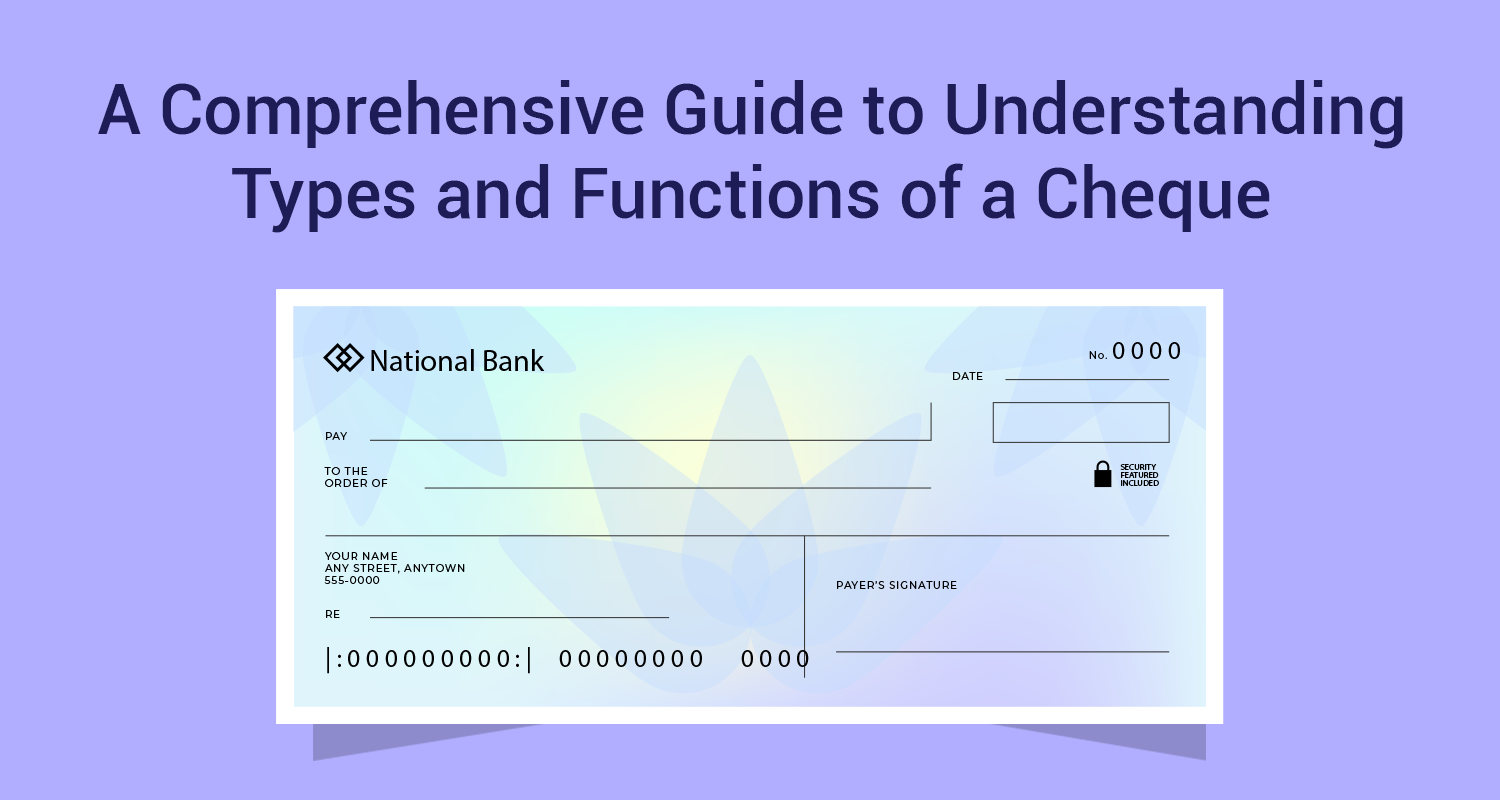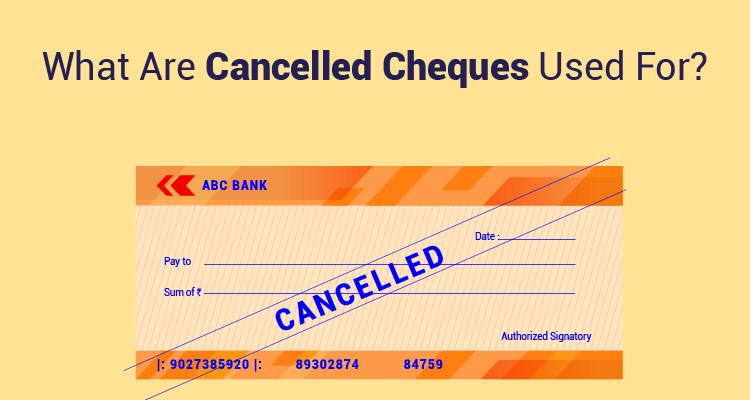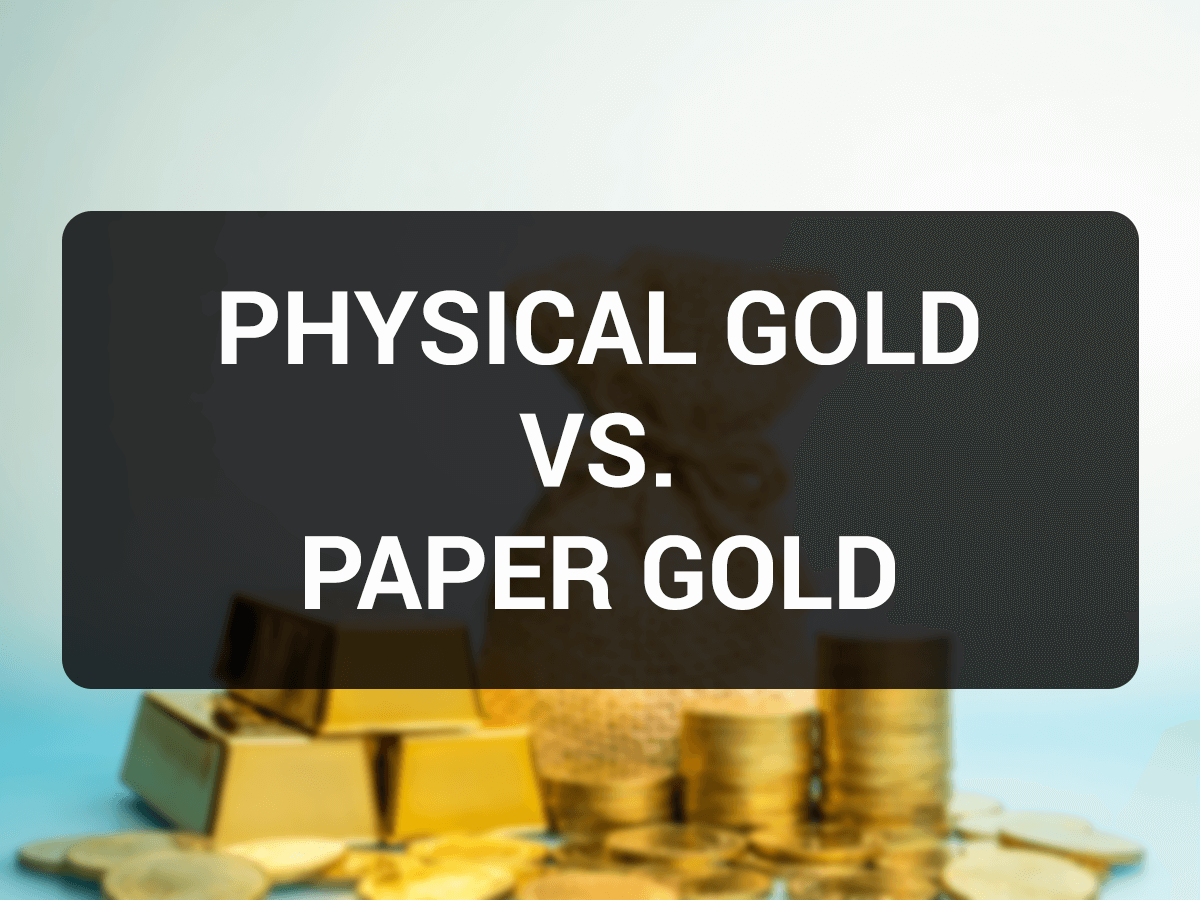What Is the Difference Between ELSS and SIP?

An equity-linked savings scheme (ELSS) is a tax saving mutual fund. It is a fund in which you can invest like in the case of any other mutual fund. The only difference is that these funds are subjected to a lock-in period of 3 years and offer tax exemption under Section 80C of the Income Tax Act. As a result, when you invest in an ELSS you get a tax exemption to the extent of 30% (depending on your tax bracket) and that reduces your effective cost of acquisition. This further enhances your returns.
Key Features of an ELSS Fund
Some of the key features of an ELSS fund are as under:
- It is an equity fund that invests predominantly in equities and has a compulsory lock-in period of 3 years from the date of the purchase.
- An ELSS fund needs to be structured in such a way that it fits into your overall financial plan. So you need to make your financial plan first and then work backward and decide upon the amount of investments to make in ELSS.
- ELSS has an advantage in the sense that the lock-in period actually incentivizes the fund manager to take a long-term approach to invest in the stock market since the pressure of redemptions is not too much. This works in favour of the investor.
- ELSS entails a lock-in from the date of the investment. Whether you invest in lump-sum or in tranches, the lock-in calculation will start from the date of investment. The fund units are free to sell after the completion of 3 years.
- Currently, the ELSS fund has to necessarily be an equity fund and funds that invest in debt securities do not qualify as ELSS funds. In fact, an ELSS fund has to be a pure equity fund and cannot even be a hybrid fund or a balanced fund.
- ELSS funds are best suited for young taxpayers who need to combine tax saving with wealth creation. Also, since they are young, their risk appetite is much higher and this risk appetite progressively comes down with time.
Understanding the Key Features of a SIP
In fact, comparing an ELSS with a SIP is almost like comparing apples and oranges. A systematic investment plan (SIP) is a phased approach to investing which combines the best of price averaging and volatility buying. Here is how:
- In a SIP, a fixed sum is allocated to a fund on a regular basis. This SIP can be monthly, quarterly or even 6-monthly. The SIP just allocates a fixed sum on a particular date into a fund.
- SIPs offer you the benefit of rupee cost averaging (RCA). How does RCA work in practice? In SIP, you allocate a fixed sum of money each month. Markets are, by definition, volatile and therefore you get the best of market volatility. When the markets are up you get more value and when the markets are down you get more units. In the process, your cost of acquiring units ends up lower than lump-sum investment.
- SIP works best when you start investing in a volatile market and then see the market trending upwards. If the markets were only bullish, then the SIP may not be of much help, but that is not the way markets move in reality. That is why the market volatility always favours the SIP investor.
- The biggest advantage of a SIP is that it synchronizes your inflows with your outflows. Thus saving and investing becomes more of a discipline in the case of SIP. The real value addition comes when you fix your SIP target first and then adjust your budgets accordingly. That is the kind of discipline and commitment that SIP brings into your portfolio.

How about Combining the Benefits of SIP and ELSS
ELSS is a product and SIP is a process. When you combine a product with a process you get a solution. That is what you need to do. You must save tax through ELSS by opting for the SIP approach. This will be beneficial in three ways. Firstly, the rupee cost averaging will work in your favour and further enhance the returns on your ELSS fund. Secondly, SIP will make tax-saving a discipline and you do not have to worry about arranging funds in the last quarter. Lastly, the SIP outflow synchronizes with your inflows and thus you are able to better fit your ELSS investment into your long-term financial plan. The answer may actually be to combine ELSS as a product and SIP as a process.
Disclaimer: The information contained in this post is for general information purposes only. IIFL Finance Limited (including its associates and affiliates) ("the Company") assumes no liability or responsibility for any errors or omissions in the contents of this post and under no circumstances shall the Company be liable for any damage, loss, injury or disappointment etc. suffered by any reader. All information in this post is provided "as is", with no guarantee of completeness, accuracy, timeliness or of the results etc. obtained from the use of this information, and without warranty of any kind, express or implied, including, but not limited to warranties of performance, merchantability and fitness for a particular purpose. Given the changing nature of laws, rules and regulations, there may be delays, omissions or inaccuracies in the information contained in this post. The information on this post is provided with the understanding that the Company is not herein engaged in rendering legal, accounting, tax, or other professional advice and services. As such, it should not be used as a substitute for consultation with professional accounting, tax, legal or other competent advisers. This post may contain views and opinions which are those of the authors and do not necessarily reflect the official policy or position of any other agency or organization. This post may also contain links to external websites that are not provided or maintained by or in any way affiliated with the Company and the Company does not guarantee the accuracy, relevance, timeliness, or completeness of any information on these external websites. Any/ all (Gold/ Personal/ Business) loan product specifications and information that maybe stated in this post are subject to change from time to time, readers are advised to reach out to the Company for current specifications of the said (Gold/ Personal/ Business) loan.



